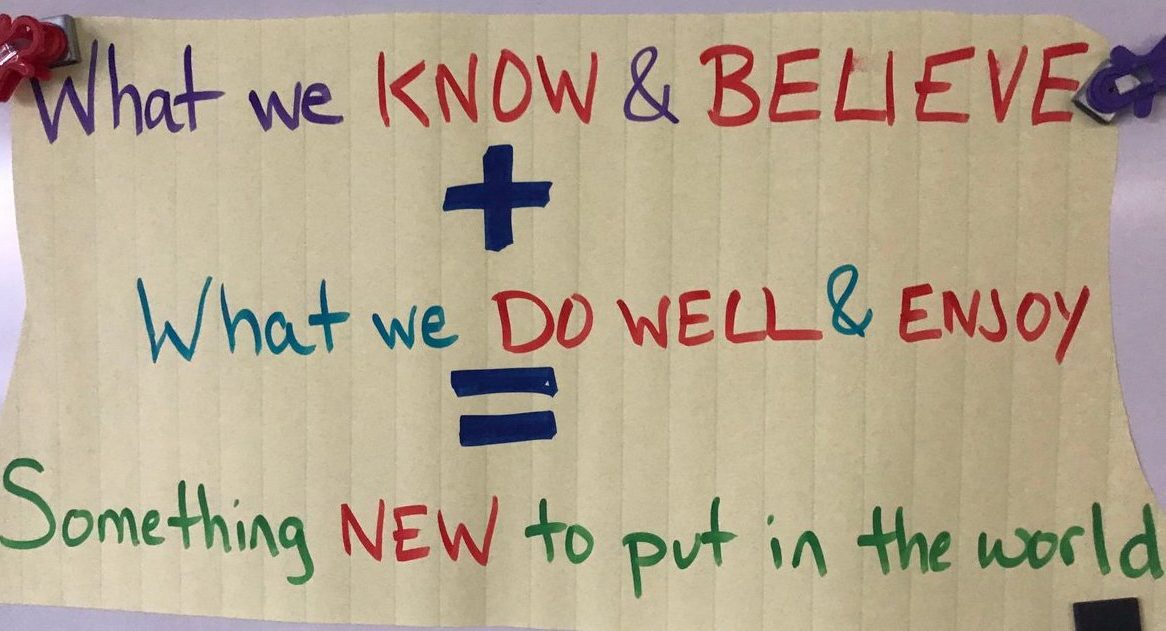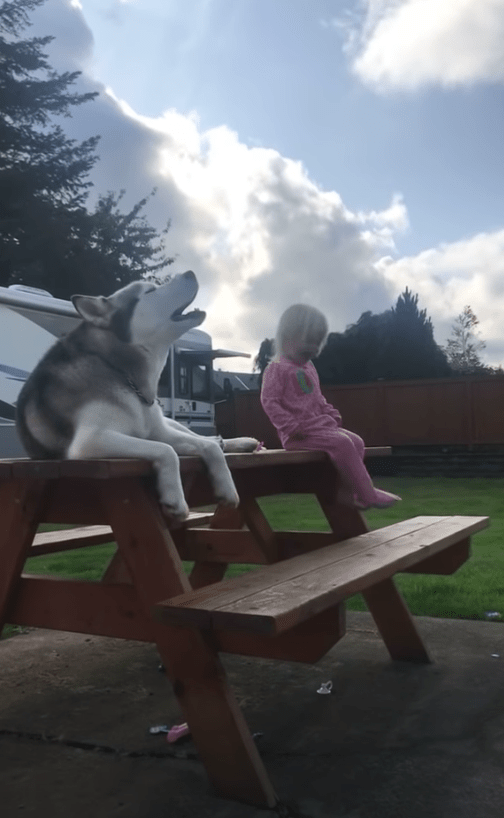It all started with a super-cute dog video.
(Go ahead and watch. it’s only about a minute long.)
And then a question. “Is this language?”
Boy oh boy, did THAT ever stir up conversation. For me, as a teacher, this could not POSSIBLY have gone any better.
I wanted students to be engaged from the get-go. Check.
I wanted them to be excited to talk about big ideas. Check.
I wanted them to be curious about stuff they didn’t know. Check.
I wanted them to have conversations about difficult things without getting into arguments. Ch-well, no. We have some work to do on that one.
But the fruits of their labor are spectacular. Small groups worked together to develop rules for what language is. Here is their work, collected together:
Rules for Language:
Only represents part of communication
A code that uses sounds, symbols, signals
Has to convey meaning and be understood by who is using it
Needs to be consistent
Set grammar and structure
Many people share
People can both understand and talk back
It can be translated to other languages
Doesn’t have to be spoken
Don’t always need a recipient-can just be for self-expression
Verbal language involves phonics, structure
The symbols and codes can change, but people need to know about it
People have to USE it
Requires socially shared rules
Whoever said that 10 year-olds are not ready for thinking about and exploring big ideas, I offer you THIS as evidence to the contrary.
And this is only day TWO of our work together. Am I excited to see where this goes? Maybe a little.


Love the thinking your students showed in coming up with these rules for what constitutes language.
Thanks! I was so proud of the work they did. I try to have faith that kids like wrestling with big ideas, so I’m especially tickled when they DO.
Yes, I’m quite proud of them. =))
Oh this lesson definitely sounds like something I should do with my 4th graders. I LOVE the rules they came up with. Especially don’t always need a recipient-can just be for self-expression.
Yes! That was a surprising one to me, and I’m glad they came up with it. They had quite a time parsing out the difference between “language” and “communication.”
Can’t wait to see where it goes!
Oh my goodness! What a great lesson! I wish my 10yo was in your class. Heck, I can imagine doing this with my 12th graders next week – wonder what they’d say? Wonder if it would be as comprehensive as your kiddos’ list? Hmm….
Amazing! I love it when a plan goes beyond what we could imagine. That looks like it was a great and deeply engaging conversation with your students.
It was! I was grateful to see it go as well as it did.
I did watch the video, I love dogs and the way little ones interact with world … I am ten years older than my youngest cousin and this reminded me of her as a baby in lying in my lap, looking up at me. She started making cooing sounds. I echoed them – and she fixed her little baby eyes, unblinking, on my face as she cooed again and I cooed back. She was communicating and she knew it. My aunt called for my uncle to come and watch. Was it language? Not really, but we were conveying meaning…we were saying “We are connected, I hear you.” That in itself is a precursor to, or a foundation for, language… amazing work by your students and by YOU. Another example of the best teaching being setting the wheels properly in motion and stepping back to watch the kids put it in gear and roll with their own power. What they can do is astonishing – and the power of such moments is what children – what we all – remember, yeas and years later.
Thanks! I do hope the kids *will* remember these moments. I feel like I’ve been teaching for so long in a way that DOESN’T reflect the way I see teaching and learning. Getting back to this lesson, and seeing it work the way it should? It’s been affirming. =)
Actually, I was just thinking I could have used a video of me and my dog Peep “talking” to each other in a similar way…
years*!